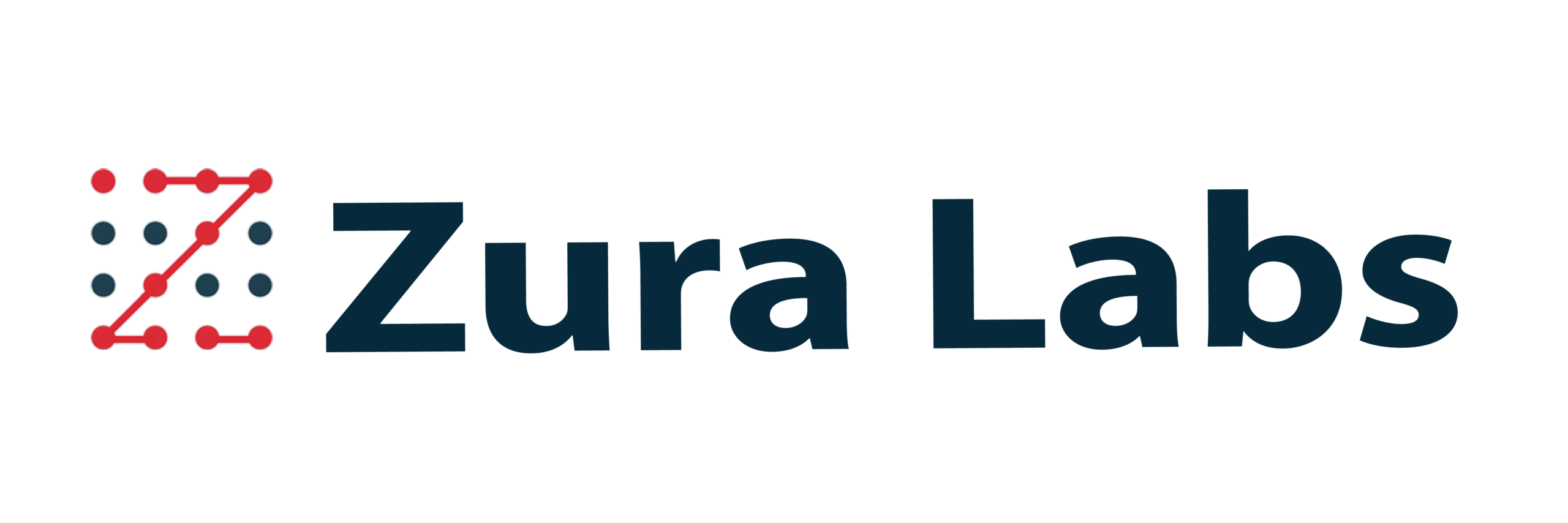Zura helps in improving the efficiency of maintenance and repair operations of an organization

Use of data analysis tools and methods to optimize maintenance and repair activities within an organization
MRO Analytics

Maintenance and repair constitute significant operational costs for many industries, especially those that rely heavily on machinery and equipment, such as manufacturing, transportation, and energy sectors. Therefore, improving the efficiency of maintenance and repair operations can have a considerable impact on an organization’s bottom line.
By leveraging analytics, organizations can move away from reactive maintenance strategies, which involve fixing equipment after a failure, towards more proactive approaches such as predictive and preventive maintenance. These proactive strategies aim to anticipate failures and perform maintenance before they occur, thus preventing costly downtime and prolonging the life of the equipment.
This discipline combines concepts from predictive analytics, machine learning, and industrial engineering to prevent equipment failure, reduce downtime, and increase operational efficiency.
Key Elements
Data Collection
This involves gathering data from various sources, including equipment sensors (IoT devices), maintenance logs, and operational data. Modern machinery often comes equipped with sensors that can provide real-time data on various operational parameters, which can be used to monitor the equipment’s health.
Data Processing and Analysis
This involves cleaning, processing, and analyzing the collected data. Advanced data analysis techniques, such as machine learning algorithms, can be used to identify patterns, correlations, and trends that may indicate potential equipment failures.
Predictive Maintenance
Using the insights gained from data analysis, predictive models can be built to forecast equipment failures. These models can provide warnings in advance of a potential breakdown, allowing for maintenance to be scheduled proactively.
Reporting and Visualization
Maintenance and repair data, predictions, and other insights need to be presented in a user-friendly manner to the relevant stakeholders. This could involve the use of dashboards, reports, or other visualization tools to facilitate informed decision-making
MRO Analytics - Benefits
Reduced Downtime
Predictive maintenance can significantly decrease the downtime caused by equipment failures, as potential issues can be identified and addressed before they cause a breakdown.
Improved Operational Efficiency
With better maintenance management, equipment can operate more efficiently and effectively, leading to improved overall operational performance.
Cost Savings
By optimizing maintenance activities and preventing unexpected equipment failures, organizations can save on repair costs and the costs associated with downtime.
Extended Equipment Life
Regular, data-driven maintenance can extend the life of machinery and equipment, thereby delaying the need for expensive replacements. As industries continue to evolve towards more digitized operations, Maintenance and Repair Management Analytics will undoubtedly play an increasingly vital role in maintaining operational efficiency and competitiveness.
Reduced Downtime
Predictive maintenance can significantly decrease the downtime caused by equipment failures, as potential issues can be identified and addressed before they cause a breakdown.
Improved Operational Efficiency
With better maintenance management, equipment can operate more efficiently and effectively, leading to improved overall operational performance.
Cost Savings
By optimizing maintenance activities and preventing unexpected equipment failures, organizations can save on repair costs and the costs associated with downtime.
Extended Equipment Life
Regular, data-driven maintenance can extend the life of machinery and equipment, thereby delaying the need for expensive replacements. As industries continue to evolve towards more digitized operations, Maintenance and Repair Management Analytics will undoubtedly play an increasingly vital role in maintaining operational efficiency and competitiveness.

